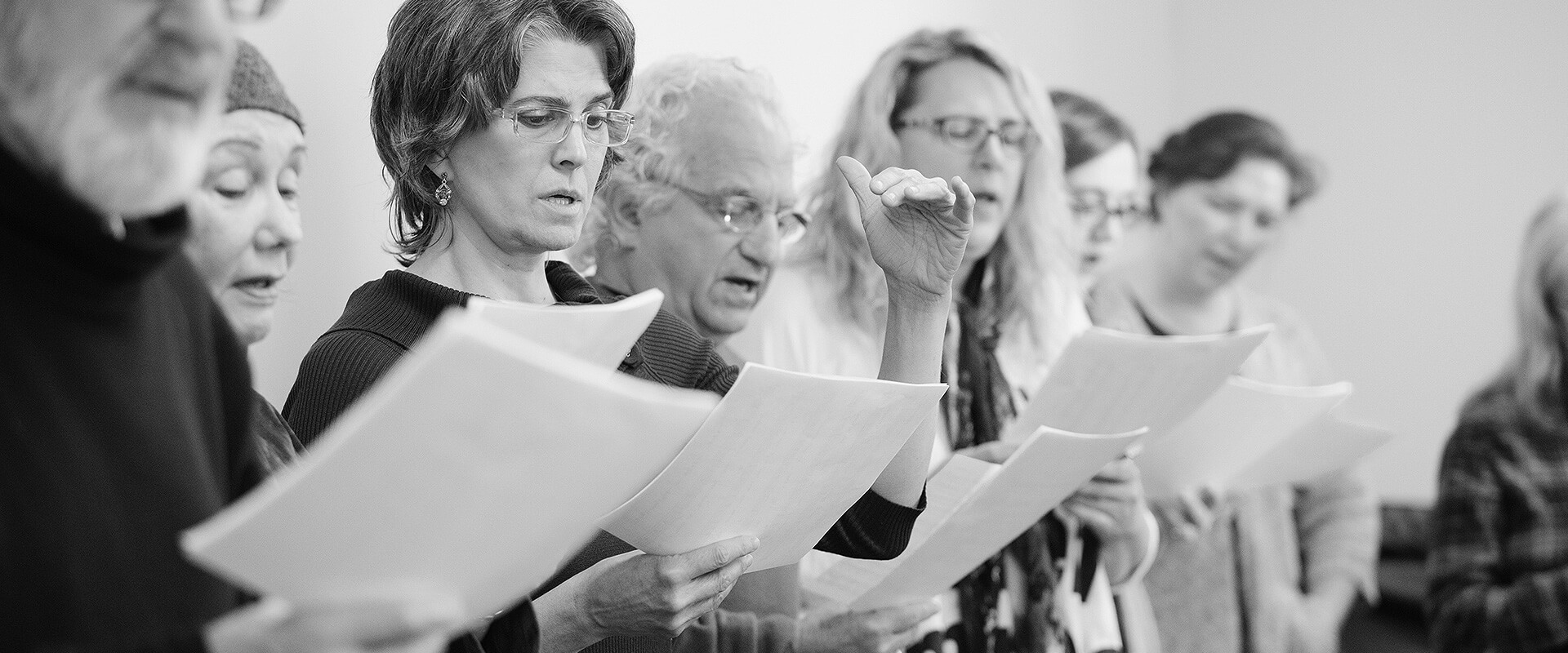The Larynx
The larynx, or Voice Box, is located in the throat and is a complex structure consisting of one bone and nine cartilages (six pairs and three single cartilages), five sets of intrinsic muscles and ten sets of extrinsic muscles. Some muscles enhance vocal production and others work at cross purposes. The larynx is free to move up and down, side to side, and to a lesser degree it can tilt forward and back; in brief, it floats in the throat.
The larynx functions best when given a freedom of movement and left to do its job without adding unnecessary stress. Externally, the most notable feature of the larynx is the Adam’s Apple; it is formed by the largest single cartilage (thyroid cartilage) consisting of two large plaques that meet at the front forming a bump.
If you put your fingers on this cartilage and swallow you will feel the larynx move up, pause, and then move back down. (The epiglottis is closing off the trachea so that which is swallowed goes to the stomach and not the lungs – hence the short pause.) If you yawn you will feel the larynx move down, the soft palate and back of the tongue will likely tense and sometimes the nostrils will flare. Yawning locks your larynx in a low position. This is not something we want in singing as the larynx needs to be free to articulate each note (see Anchoring).
Many teachers advocate yawning while singing under various guises: swallowing marbles, swallowing fish, singing with a dumb sound ‘duh’, etc. Yawning while singing is not an approach Lesley uses as it leads to soft palate tension, tongue tension and a locked larynx; all things to be clearly avoided.
For more information or to book a private lesson, please go to the contact page.
-
Larynx - Cartilages - 3D Anatomy Tutorial
-
Half-Head Model - Larynx
-
Larynx Model - Anterior View
-
Larynx Model - Posterior View
 Montreal Voice Coach
Montreal Voice Coach